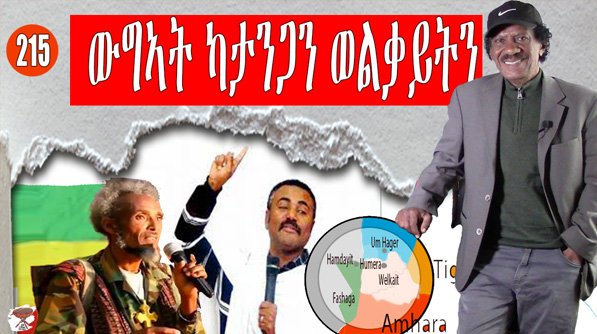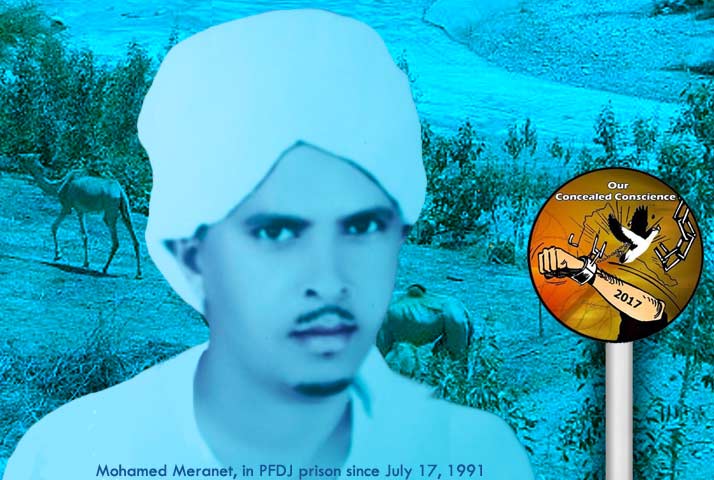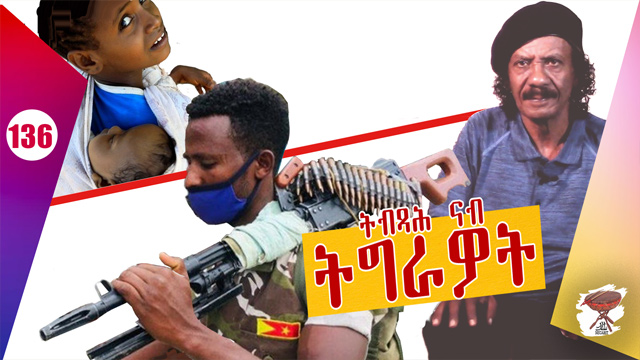Katanga and Welkait Wars
A few days ago, I read an article by Ahmed Suleiman (Chatham House) in which he examined the Sesame supply chain around the Welkait region. It reminded me of Welkait that I knew about since childhood, and I decided to write and talk about it.
In 1960 the region of Katanga under the leadership of Moise Tshombe broke away from Congo and proclaimed its independence. Tshombe, supported by the Belgian mining company, Union Minière du Haut Katanga, had organized forces trained in Belgium and hired mercenaries from Rhodesia. That incident led to the overthrow of the elected Congolese prime minister Patrice Lumumba who had unsuccessfully appealed to the USA and UK to help stop the mining company from instigating Tshombe. Unfortunately, Lumumba was considered a communist and was overthrown and murdered.
The Pan Africanist Lumumba led the movement that freed Congo from the Belgian colonialism. Congo became an independent republic and frustrated Tshombe’s attempts to establish a state in Katanga. Throughout the sixties, Lumumba remained an icon and inspired the peoples’ struggle against colonialism. He was immortalized by many singers, including Mohammed Wardi who released a song eulogizing Lumumba; the song was popular in Eritrea throughout the sixties.
Katanga’s Union Minière du Haut Katanga, which conspired with Tshombe, was a huge mining company with vast concessions in the region. It controlled about 70% of the Congolese national economy, which primarily extracted copper, but also a host of other minerals including uranium, manganese, silver, and gold. And I can’t help but see some similarities between the Ethiopian Welkait region and the Katanga region of Congo.
Humera Welkait
The Humera/Welkait is a fertile agricultural region of Ethiopia and provided jobs for tens of thousands of permanent and seasonal workers. Its contribution to the Ethiopian economy has always been significant; it known for its abundant production of different food grains and highly prized cash crops like sesame and spices. It also produces the much sought-after gum Arabica. Currently it’s claimed by both the Tigray and Amhara regions of Ethiopia.
The region also borders the disputed Fashaga region of Sudan which is as rich as Welkait; it is claimed by both Ethiopia and Sudan. The fertile Humera/Welkait and Fashega regions are in the center of the current Amhara-Tigray conflict and Eritrean intervention.
The Amhara claim that the region was part of Begemedir (perceived as an Amhara region though it has many others). They also claim it was only annexed to Tigrai by the TPLF in 1991. Yet, during the reign of Haile Selassie, the region was ruled by the Ras Seyoum of Tigrai as a Tigrayan district.
I grew up hearing stories likening Welkait to the American Wild West. Popular culture exaggerated that; the people of Welkait would spare someone’s life just to save a bullet! Indeed, it is a widely armed region, and the people will not hesitate to use their guns. If a person from Welkait heard someone was killed, they would ask if the killed was it a person! (Seb diyu?) It seemed only the Welkait people qualify as a person, others do not count. Such stories were common though it could well be a stereotyping of the proud and fearless Welkait character.
“Ethiopia’s exports of spices, oilseeds, and pulses brought in over half a billion dollars in 2021, roughly a quarter of the country’s total export revenues and second only to coffee.” That is a drop by “over $115 million from 2016 to 2021.”
Ahmed Suleiman explains the goal behind the 2020 takeover of the area by Amhara forces was motivated by a goal to gain control over agricultural supply chains. He also writes, “Tigrayan inhabitants of the area have been replaced by ethnic Amharas” who were enticed to settle there by the Amhara regional government’s offer of grants and leases for fertile land.
How Do I know About Welkait?
My father was the sole distributor of Coca-Cola products in the vast area extending from Keren to Humera. His first problem was competing against the well-entrenched Pepsi Cola; penetrating the Humera market was challenging. At the time, both Pepsi Cola and Coca-Cola produced their beverages in returnable bottles and the bottles cost more than the beverage. Since most shops, restaurants, and bars already had returnable Pepsi bottle stock, it was not easy convincing them put a deposit for the Coca-Cola bottles; dealing solely with Pepsi made sense. It was a snug a serious snug that Coca-Cola faced. While Pepsi which had enough bottles in circulation, was enjoying an almost monopolized market. My father convinced Coca-Cola to dump enough bottles for circulation with no deposit payment, just trust. The managers yielded and soon Coca-Cola was beating Pepsi which used to come from Addis Ababa (bad roads and over 900 Kms distance) unlike Coca-Cola that had a plant in Asmara (far better road and only about 450 kms distance).
After the 1967 Israeli-Arab war, Coca-Cola was considered a supporter of Israel and was boycotted by the Arab League. Most of the Middle East lived without Coca-Cola for many years until the boycott was lifted around 1987. And that is when I was hired by the company to manage the sales and marketing job in Kuwait.
I was surprised to face the same problem my father faced in Humera: Pepsi market share was so solid it demoralized me. But I thought of duplication my father’s strategy in Humera. But it was not easy convincing the Coca-Cola regional headquarters to subsidize the strategy to give away returnable bottle for free. I argued to drastically lower the huge advertising budget and instead, spending most of it to subsidize the bottle distribution—spending the marketing budget on full page newspapers and prime television ad slots, cannot help if the distribution of the product is weak. Finally, the management agreed to back the distribution strategy. We dumped thousands of Coca-Cola crates and secured repeat orders. It was a success; in a few months, we gained almost half the market share that Pepsi monopolized for years.
The Welkait Were Squeezed
According to Ahmed Suleiman, the Welkait people “were marginalized under TPLF rule” and realigned themselves with powerful Amharas to claim land and influence. But being reliant on the subsidies of the local Amhara administration rather than the federal budget, didn’t help much. And that is why “Welkait officials are strengthening their ties with Eritrea.”
But what does Eritrea benefit from all that?
Before the independence of Eritrea, the supply chain of Welkait products was controlled by Eritrean businesses. It was transported through UmHager to the local market and exported through Massawa. Tens of thousands of seasonal workers were bused from Tigray through the Asmera-Keren-Tessenei-Umhager-Humera route. In peak season, at least ten busses packed with workers travelled that route. Eritreans knew about the wealth of Welkait/Humera since a long time.
Before the start of the Badme war, a PFDJ official at the Kuwait embassy pulled a box containing small bottles and plastic pouches full of samples. He spread packets of Sesame, Nug (both in oil and raw seed), Gum Arabic and other seeds. The official wanted me to use my connections to find buyers for the samples. I asked who the seller was. He smilingly said, ‘it’s from Eritrea’. It was the ruling party-owned conglomerate, Nakfa Corporation. Just told him Eritrea doesn’t produce that in exportable quantities. Finally, I succeeded in extracting confirmation from him, it was being brought from Ethiopia through informal means. That annoyed me but at the time, I was more annoyed by the already escalating Ethiopia-Eritrean differences over the imposition of LC based trade that Ethiopia imposed because it hastened instead of impeding the Badme war. As I feared, soon the devastating war erupted.
Now Ahmed Suleiman writes, “There are also suggestions that shipments of sesame and other goods between Amhara region-controlled Western Tigray/Welkait to Eritrea have been used as payment in kind for Eritrean forces training and support of Amhara militias.”
The ruling party of Eritrea trains Ethiopian militias and it gets paid in sacks of Welkait Sesame seed!
___________________
Additional reference:
Fighting Over ‘White Gold’: Sesame in Ethiopia and Sudan. By Ahmed Soliman (Chatham House)





Awate Forum